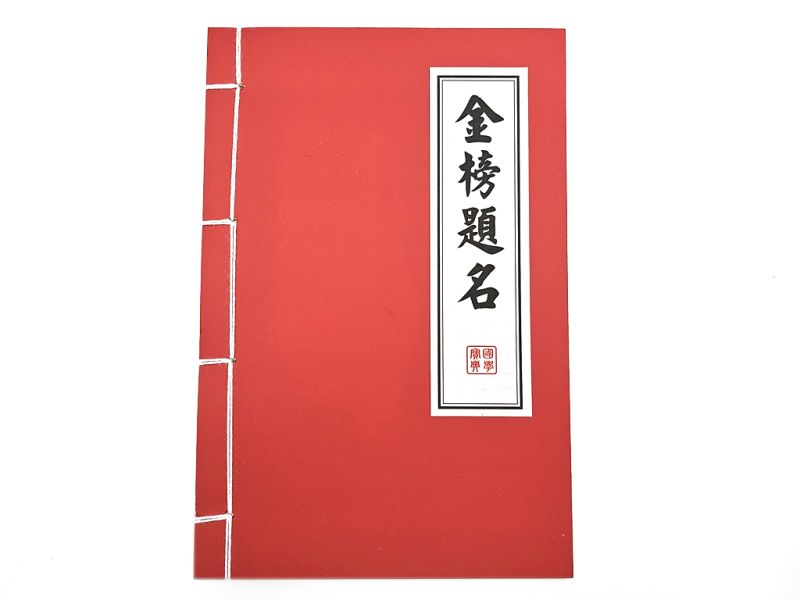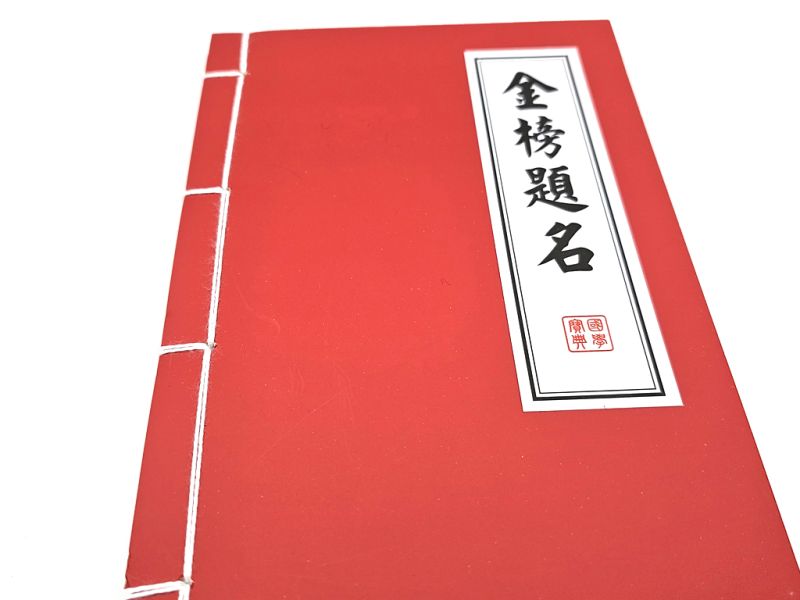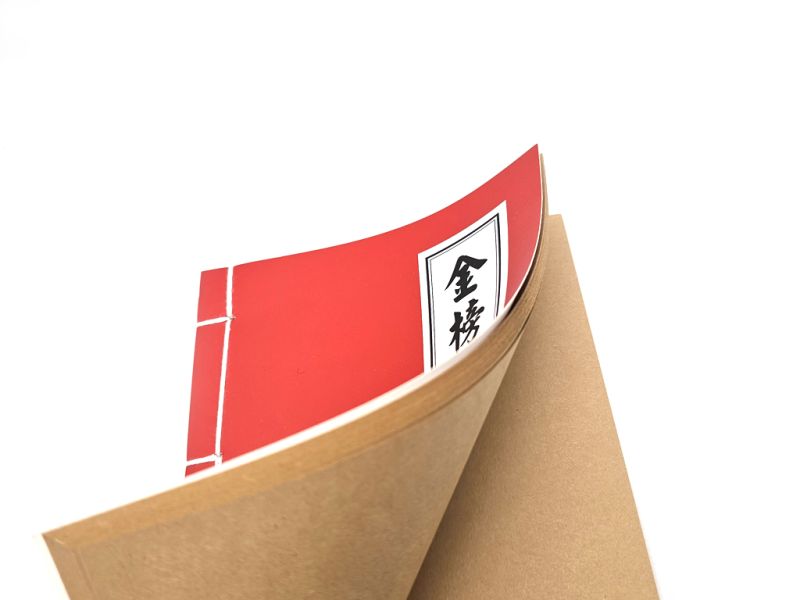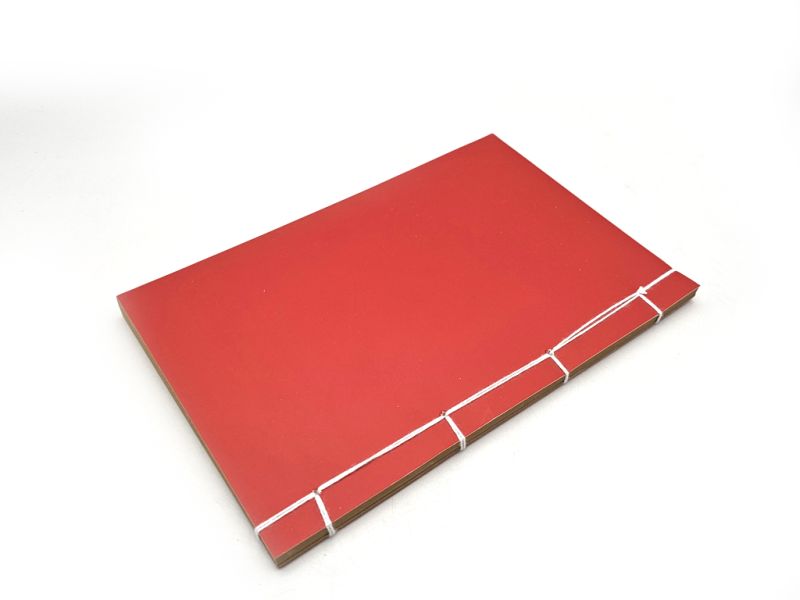Notebook for Calligraphy - Rice paper - Red - A5 format
Fine Arts - Notebook for Asian Calligraphy:
— This Calligraphy Notebook is selected by our master calligrapher who makes 100% of our brushes.
— Ink drying time on this notebook: between 5 and 10 minutes.
— Made from sheets of rice paper, flexible and absorbent. Ideal to start calligraphy or to practice.
— Notebook with 50 sheets
— Discover our Chinese notebooks made using traditional methods, specially designed for the practice of calligraphy. Each notebook is carefully crafted, using premium quality paper, offering a smooth texture and optimum ink resistance. These notebooks allow you to explore your creativity and improve your Chinese calligraphy skills. Their traditional binding guarantees practical and comfortable use. Take advantage of the authenticity and timeless beauty of our Chinese notebooks to bring your artistic creations to life.
An ancient creation:
The first objects painted with Indian ink date from 5000 BC. J.-C., although a Chinese legend says that the ink was invented in China around 3000 BC. At that time, the ink was a kind of lacquer that was deposited on silk using a bamboo stick. Then, the Chinese used a black stone which they mixed with water to obtain liquid ink. This form is the ancestor of today's ink sticks.
In the third century BC. AD, the ink was made from burning lacquer and fir charcoal, and was in the form of a large ball. Indian ink took the form of sticks in the 7th century, under the Tang dynasty. It was at this time that ink manufacturing workshops multiplied in China and that a wide variety of quality appeared. Today, traditional India ink sticks are still made.
Chinese culture:
— The Chinese practice calligraphy using a brush on rice paper, there are also some Chinese calligraphies on silk, but silk is a very fragile element. Calligraphy has been practiced in China for more than 3000 years, the invention of this art is attributed to Cang Jie.
— In order to make a beautiful calligraphy, a Chinese person needs four elements: a brush, paper, an ink stone and ink stick. This art requires good gesture skills and good calligraphers are considered cultured people in China.
— To transform stick ink into liquid ink you have to rub the stick on an inkstone and add water (difficult step, because you have to find a good balance between water and powdered ink).
— There are six styles of Chinese calligraphy: Jia Gu Wen (the oldest), Zhuanshu (or seal script), Lishu (the official Chinese script), Kaishu (regular style), Xingshu (cursive script) and Caoshu (characters related between them). Chinese calligraphy therefore has different styles and variations.
















